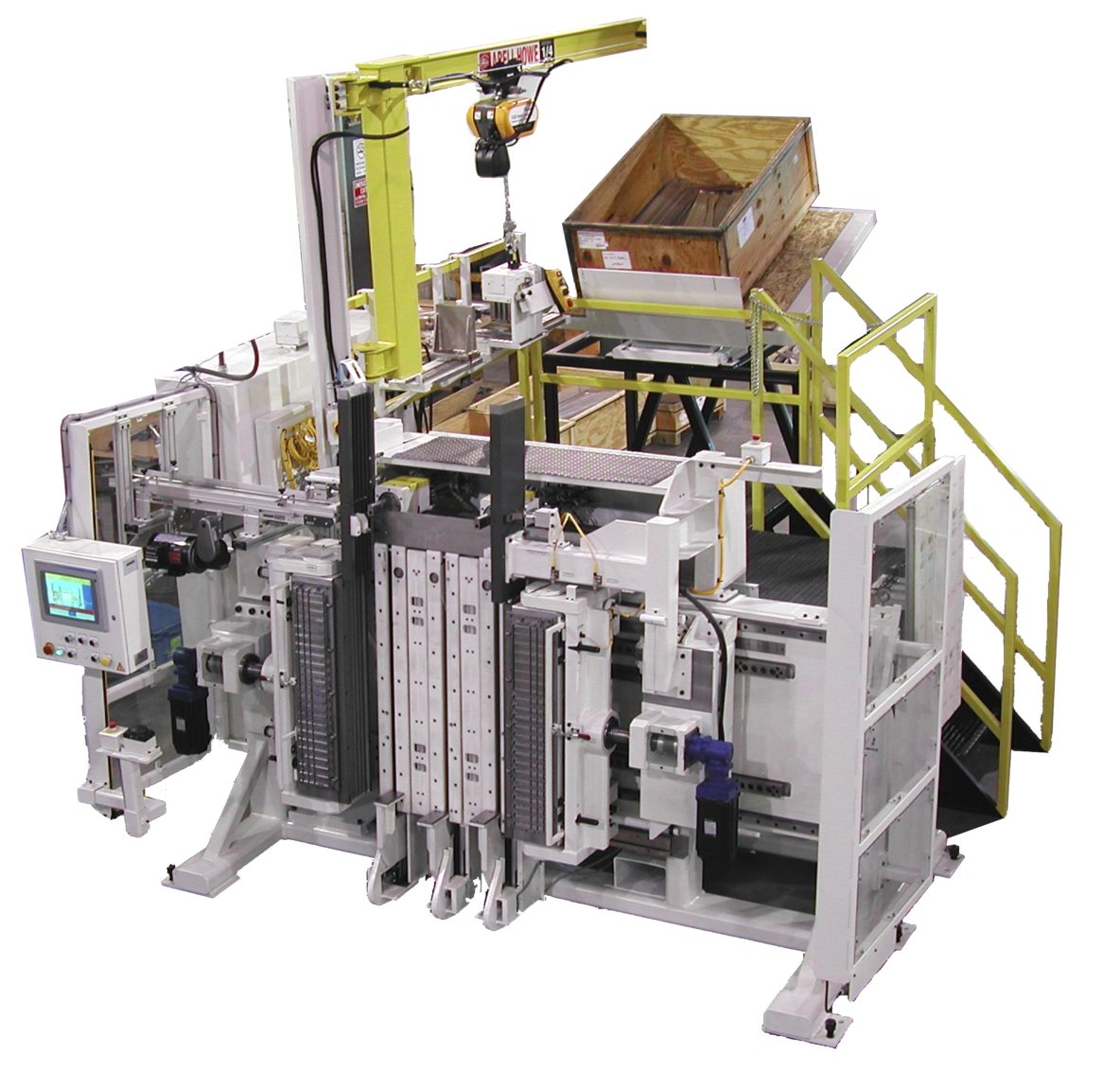An automotive radiator is basically a heat exchanger designed to prevent an engine from overheating. The liquid coolant that is circulated throughout an engine becomes extremely hot and requires cooling before it is distributed back into the engine. This is the job of the radiator, which consists of an intricate series of chambers, folds and tubes that work together with fans and outside air to cool down engine fluids.
Once made mostly from copper or brass, aluminum is now the main material from which radiators are constructed. The manufacturing of a radiator is a rather complex, multi-step process that calls for a cooperative effort between man and machine.
The Radiator Assembly Process
Although radiators come in a wide variety of shapes, sizes and configurations, some of the chief aspects of their construction are somewhat universal. For instance, every radiator contains a “core” made up of thin, hollow tubing surrounded by perforated or vented “cooling fins” that helps disperse heat.
These components are often fabricated via the use of automation equipment that include special core builder machines and fin mills. Once the water tubes and cooling fins are produced to meet the specifications of a particular model of radiator, they are often stacked manually within a workholding fixture where they are then compressed and tightly banded together.
The radiator core building machine will eventually be encased in machine-produced headers and tanks that are usually manually attached and welded together to form a solid unit. From there, the filler neck, inlet, outlet pipes and any other necessary fittings are installed and welded into place.
Some radiator manufacturing operations are more automated than others. But generally, radiator construction requires a unique collaboration between the “hands on” efforts of workers and the systematic processing capabilities of automated manufacturing equipment.


